Awraq-e Musavvir, Mughal Art of Portraiture
Contents:
Foreword by BN Goswamy. 1. Introduction. 2. Portraiture in the Islamic artistic milieu. 3. Mughal portraiture: the historical context and content. 4. Mughal historical pictorial narratives and the art of portraiture. 5. Mughal pictorial imperial iconography and its unique trajectory. 6. Mughal portraiture and the landscape. 7. The female, the gender and the Mughal portraiture. Conclusion. Select bibliography. Index.
The book analyses the Mughal portraiture painting in its intellectual context with a keen focus on historiographical, political, sociological and cultural perspectives.
The author shows how the Mughal rulers were not just patrons of art and culture, in the sense of providing resources, but connoisseurs as well, and consciously, as policy, enabled the assimilation of imperial aspirations with cultural creative cultural practices.
Nuzhat Kazmi explores the narratives reflected in portraiture in relation to landscape, gender, sovereignty. She underlines, in the process, the adaptation of the European realistic idiom for historical narrative portraiture.
As her work shows, the Mughal portraiture blends earlier, ancient art practices, of the sub continent and central Asia with European influences of the period to create an interesting idiom, disabusing us of prejudiced views that see influences of Islam as negative and sectarian. Moghal portraiture itself, as she shows us, breaks the myth that Islam has been firmly opposed to depictions of the human and other living forms.
In its clear and well-founded arguments, the book makes significant contribution to scholarship.
Written in an easy flowing language, the art techniques simply explained, the book would be enjoyable reading for art historians, students and for the layperson interested in art or in a sensible view of the Mughal era.
Get it now and save 10%
BECOME A MEMBER

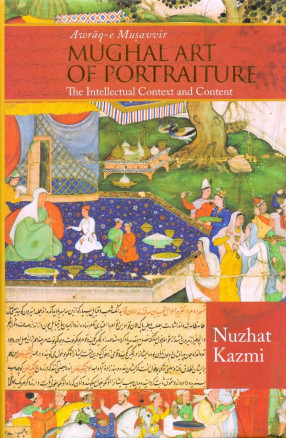
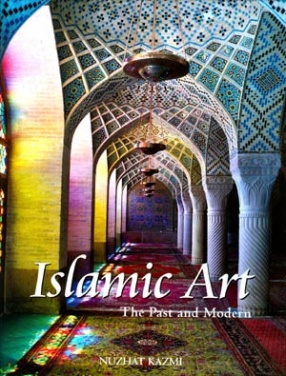
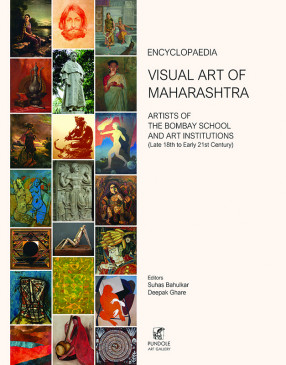
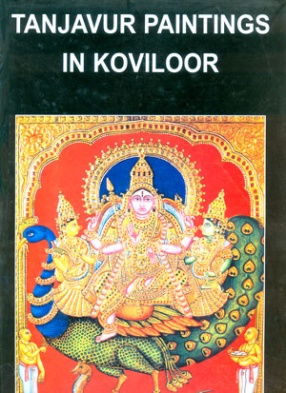
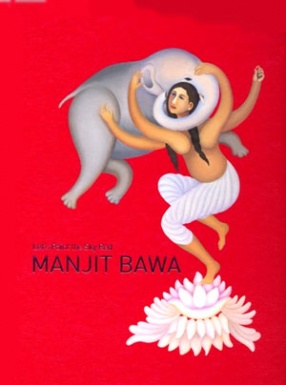
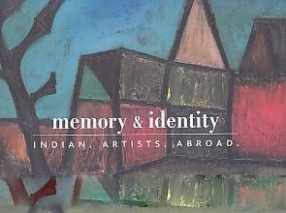

Bibliographic information